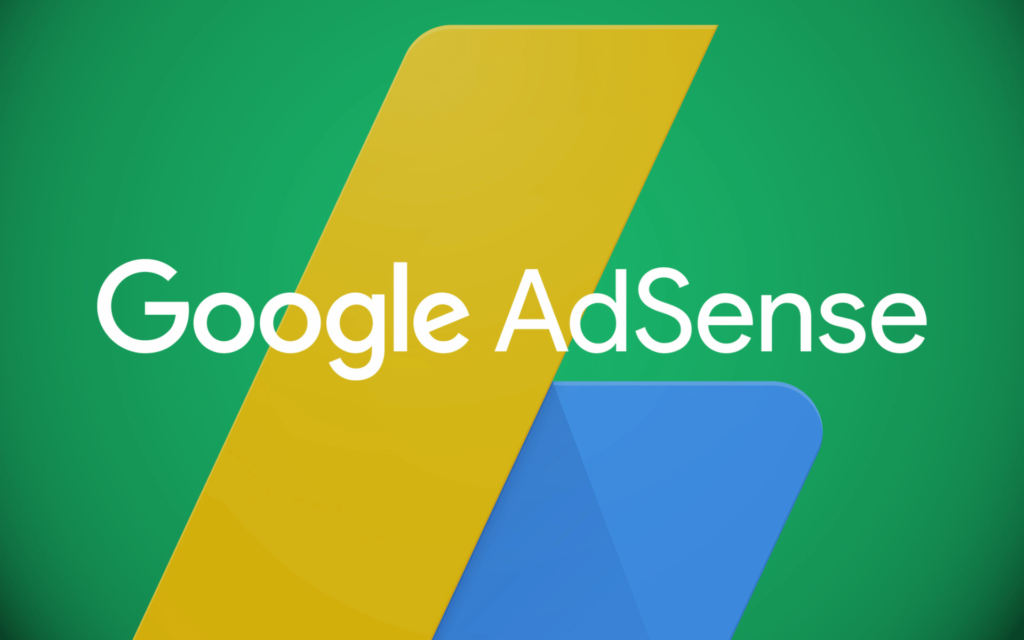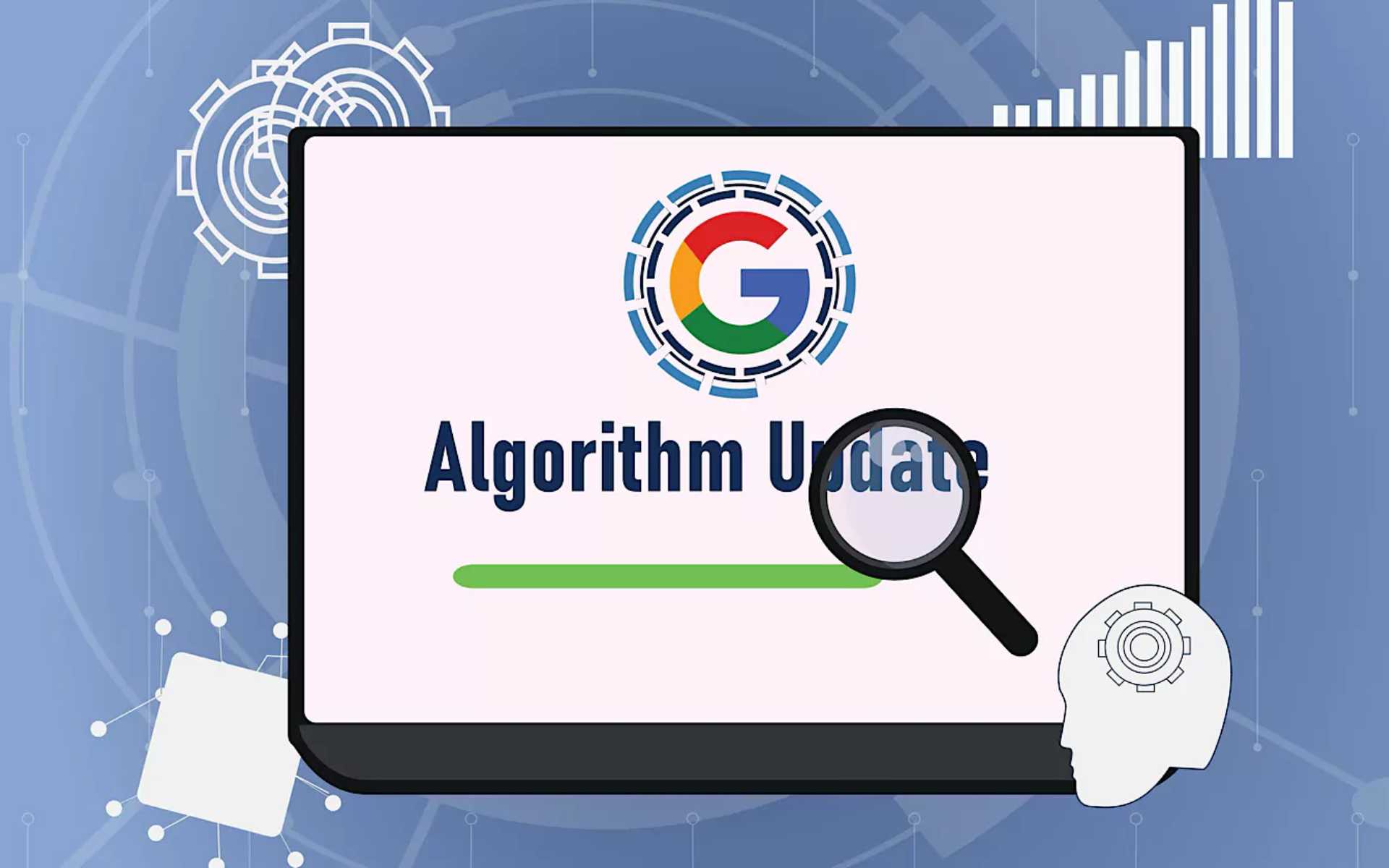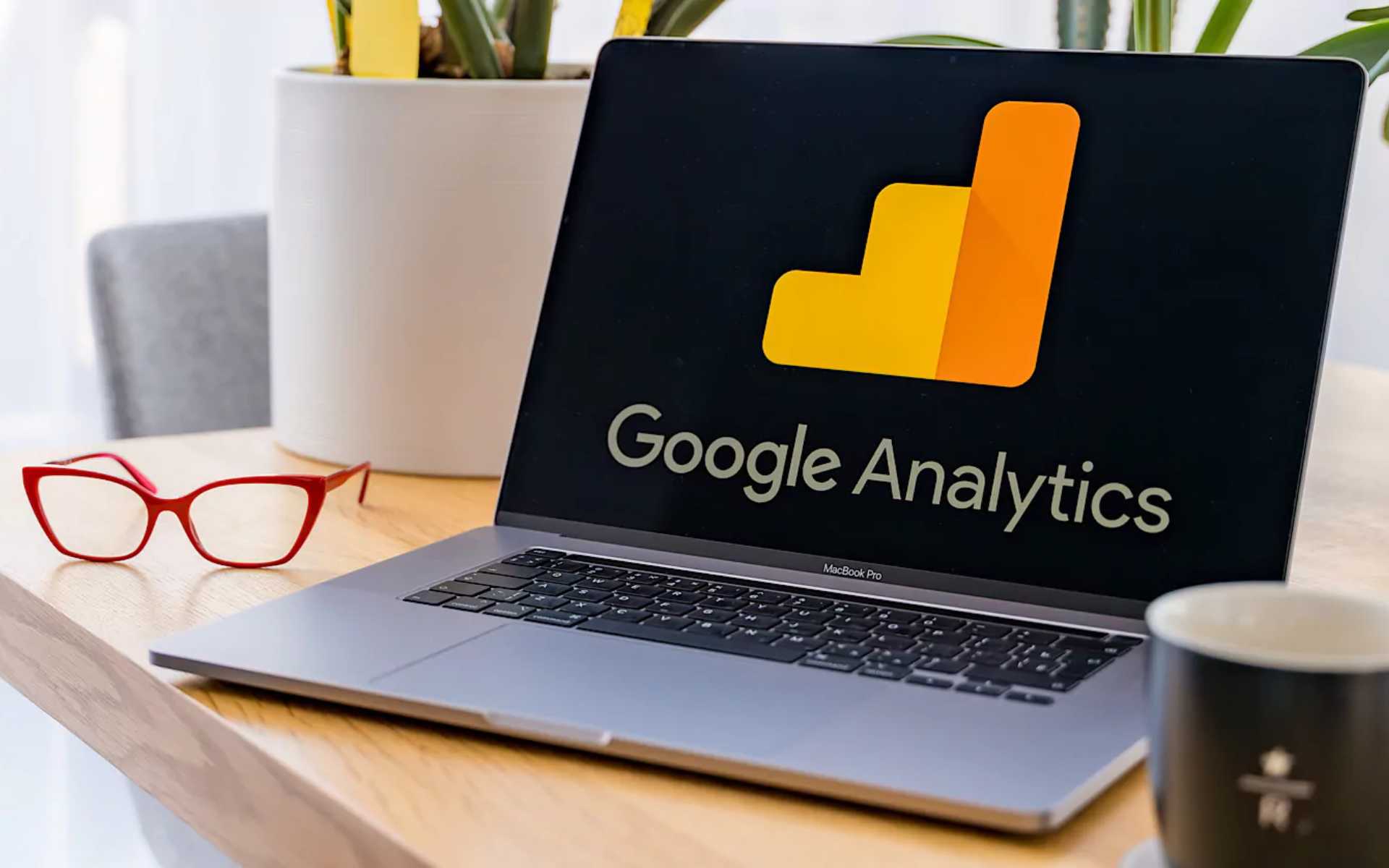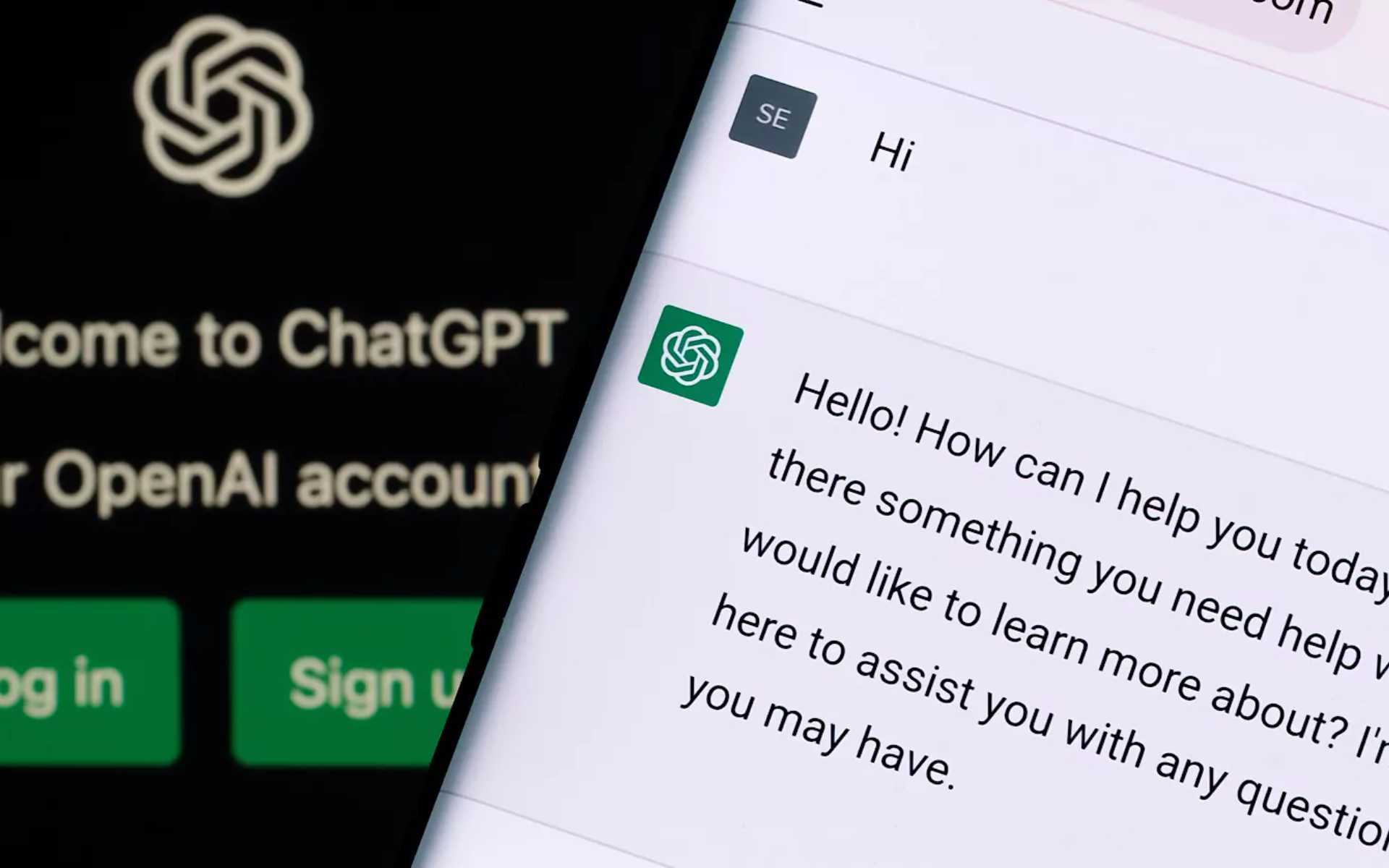Introduction
In a significant move, Google has shifted its AdSense payment model to eCPM (effective cost per thousand impressions) for publishers. Ginny Marvin, the Google Ads Liaison, has officially confirmed this transition, signaling a change in how publishers earn money from their website content. Let’s delve into the key highlights and implications for publishers.
The Transition to eCPM
Google’s decision to transition AdSense to an eCPM payment model is part of its broader effort to modernize revenue-sharing structures for publishers. This shift, announced last November, introduces a new dynamic where publishers are compensated based on impressions rather than clicks.
Updated Revenue Share Structure
The traditional fixed revenue share of 68% for publishers has undergone a transformation. The new structure involves separate rates for the buy-side (advertisers) and sell-side (publishers), providing a nuanced approach to revenue distribution.
Buy-Side and Sell-Side Fees
Under the updated revenue share, publishers will now receive 80% of the revenue after deducting the advertiser platform’s fee. This fee could be from Google’s buy-side or third-party platforms. Google clarifies that its retained average of 15% of advertiser spend will not significantly alter the overall publisher revenue, expected to remain around 68%.

Third-Party Platform Dynamics
In cases where third-party platforms purchase AdSense display ads, publishers will obtain an 80% share after deducting the third-party’s fees. Notably, Google lacks control or visibility into these third-party fees, introducing an added layer of complexity.
Transitioning to Per-Impression Payments
The shift to a per-impression payment model aligns AdSense with industry standards for display advertising. Google emphasizes that this transition will not impact the quantity or type of ads that publishers can display, provided they adhere to existing AdSense policies and Better Ads Standards.
Key Considerations for Publishers
Publishers relying on AdSense for revenue should carefully consider the implications of these changes. Here are some essential points to keep in mind:
Understand the eCPM Model
As the eCPM model differs from the traditional cost-per-click (CPC) model, publishers must grasp the nuances of this new approach. Revenue is now tied to the number of impressions, necessitating a shift in strategy, particularly for those prioritizing engagement over traffic volume.
Adapt Content and SEO Strategies
While Google asserts that most publishers will experience unchanged earnings, individual impacts may vary. Publishers should consider adjusting content and SEO strategies to align with the new eCPM model. Strategies may include boosting website traffic, enhancing user engagement metrics, and extending session durations to maximize ad impressions.
Compliance with Ad Standards
With the transition to an impression-based model, adherence to AdSense policies and Better Ads Standards becomes paramount. Publishers must ensure a positive ad experience for users by avoiding disruptive ads, a crucial factor in sustaining ad revenue and maintaining good standing with the AdSense program.
Conclusion
Google’s move to an eCPM payment model for AdSense reflects a broader industry trend and aims to bring transparency and simplicity to the monetization process. While the changes are initiated by Google, publishers hold the key to leveraging them effectively. Staying informed, monitoring performance, and adapting strategies will empower publishers to thrive in this evolving landscape.







